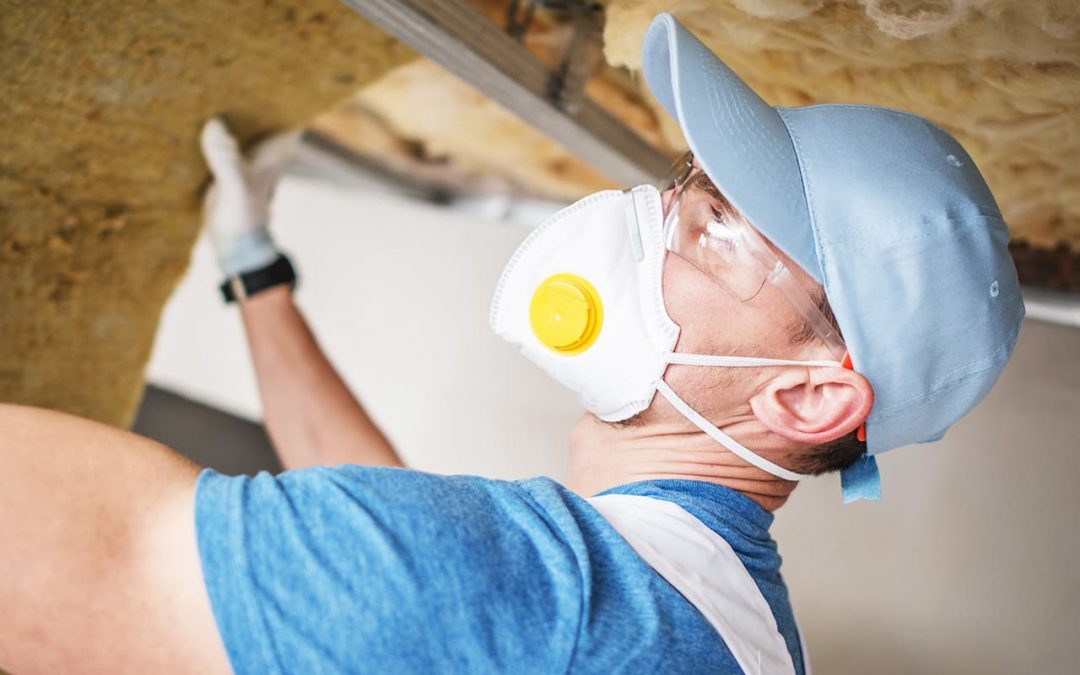It depends on what you plan to do with your prefabricated metal building, but it might make sense to consider insulating it. That’s especially true if you live in areas where extreme heat or cold might otherwise make it uncomfortable for people to be in it, or those temperatures could cause damage to what you put in your building.
The air outside might be too cold or hot, but it’s actually air which is at the heart of regulating the internal temperature of a building with insulation. This form of temperature regulation works by slowing the transfer of heat by throwing tiny pockets of trapped air in the way.
Slowing Things Down
Insulation works by using air to down the transfer of heat. Air itself actually has a very good insulation value – about R-7 per inch. To understand how insulation is measured, it’s important to know what an R-value is.
Heat flow is measured in terms of what’s known as thermal resistance, or R-value. A greater R-value indicates a better insulating effectiveness. While you might think that thicker insulation might provide a better result, there’s not much of an R-value change based on thickness. Instead, it’s compression that can make insulation less effective. If you compress most insulation, you remove those layers of air that are helping to slow down the transfer of heat.
Your Climate Helps Make the Choice
According to the department of energy, the amount of insulation or R-value you’ll need depends on your climate, as well as the type of heating or cooling system you’ll use. There are many types of insulation, and some may be more suited to a prefabricated DIY building. For example, a spray foam insulation can be quick and easy to apply to the interior walls. This type of insulation can reduce energy costs by up to 50 percent.
Blanket insulation – found in batts or rolls – is another popular type of relatively inexpensive insulation. It’s usually made of Fiberglass, or natural fibers such as wool or minerals. This type of insulation is optimal for walls and ceilings because it is usually sized to fit between studs, joists, and beams in standard construction.
Many Miracle Truss® customers choose this type of insulation because our designs feature wood studs every 24 inches. It creates rewards you with the ability to easily finish off the inside using interior material you can find at any home improvement center – which also happens to be one of the best locations to find normal batt-style insulation,
Learn more about how our building designs can help you insulate quickly and cost effectively. We’ll even send you free information.



